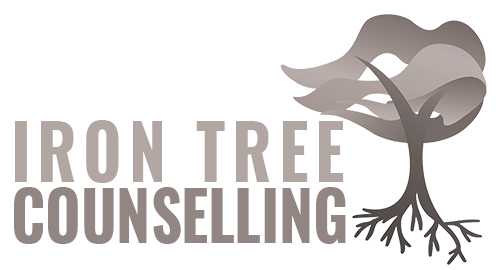Stress Management 101
Understanding the Window of Tolerance
Have you ever heard of the Window of Tolerance? It’s key to understand when learning about stress management. Originally developed by Dr. Dan Siegel, this concept helps explain how we emotionally and physiologically respond to different situations. Our bodies react unconsciously based on the context and available resources, such as social support and past experiences. Each of the three windows corresponds to a different strategy for handling stress, using different branches of our nervous system to help us survive various levels of threat.The Three Windows
The Window of Tolerance
When you’re at work and everything is going smoothly, you likely feel safe, in control, and at ease. This state is called the ‘Window of Tolerance,’ governed by the ventral branch of the vagus nerve in the Parasympathetic Nervous System, also known as the Social Engagement System. You can still experience emotions, like anger or sadness, when you are in this window, the major difference is that you are aware of it and are in control of your response to your feelings.Hyperarousal
Imagine your boss yells at you for not completing a task. You feel threatened, anxious, and start considering yelling back or quitting. This reaction is typical of the ‘Hyperarousal’ window, similar to the fight-or-flight response, governed by the Sympathetic Nervous System.Hypoarousal
After a moment, you realize yelling or quitting isn’t an option. You feel helpless, numb, and resign yourself to obey your boss without question. This state is called ‘Hypoarousal,’ governed by the dorsal branch of the vagus nerve in the Parasympathetic Nervous System. If you can’t “run or fight” your way out of the situation, your nervous system then “submits” and “plays dead. ” Feeling numb, on auto-pilot, zombie-like, and shutdown are often words to describe this state.Finding Balance
How you move between these windows depends on your past experiences and trauma history. Those with trauma, such as childhood abuse or neglect, often remain in hyperarousal or hypoarousal states and rarely feel calm and in control. There’s hope if you struggle to stay in the Window of Tolerance. By recognizing when you’re in hyperarousal or hypoarousal, you can develop strategies to return to the middle window. Regular practice of these strategies helps regulate your emotions and physiology, retraining your nervous system for healthier responses. For a helpful guide to developing the habit of regulating your stress, read this handout.Steps to Stress Management
- Recognize: Identify when you’re in an unwanted state (e.g., “I am feeling hyperaroused right now”).
- Explore: Notice physical sensations (e.g., “My shoulders are tense, my fists are clenching”).
- Label: Identify your emotions (use a feeling wheel for help).
- Self-Regulate: Develop strategies to return to the Window of Tolerance (see below).
Strategies for Self-Regulation
- Remove Triggers: Change your environment if needed – go to the bathroom, an empty room, or tell others you need space.
- Box Breathing: Inhale for 4 seconds, hold for 4 seconds, exhale for 4 seconds, hold for 4 seconds, and repeat.
- Progressive Muscle Relaxation (PMR): Tense one muscle group (your hands) for a few seconds then actively relax them, repeat.
- Meditation/Mindfulness: Click here for a handout with free audio recordings to learn a specific mindfulness exercise – dropping anchor.
- Exercise/Walking: Do as many pushups or squats as you can. Go for a 5 minute walk. Stretch somewhere for a few minutes.
- Count Down from 100 by 7: Do this until you get below zero – repeat as necessary. Helps increase awareness and a sense of safety by connecting the front of your brain to the emotional areas (amygdala).
Recommended Posts




